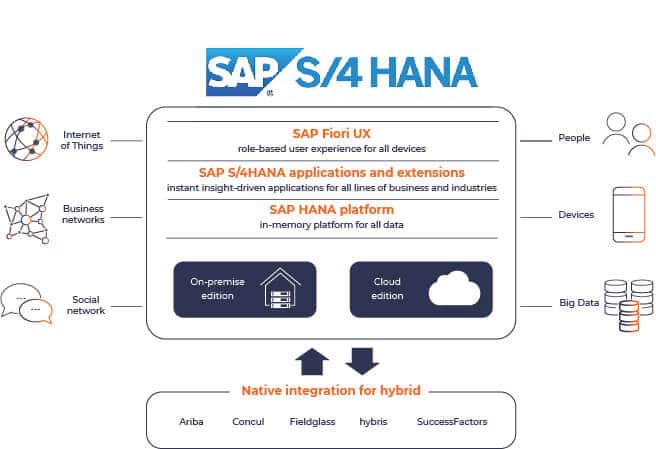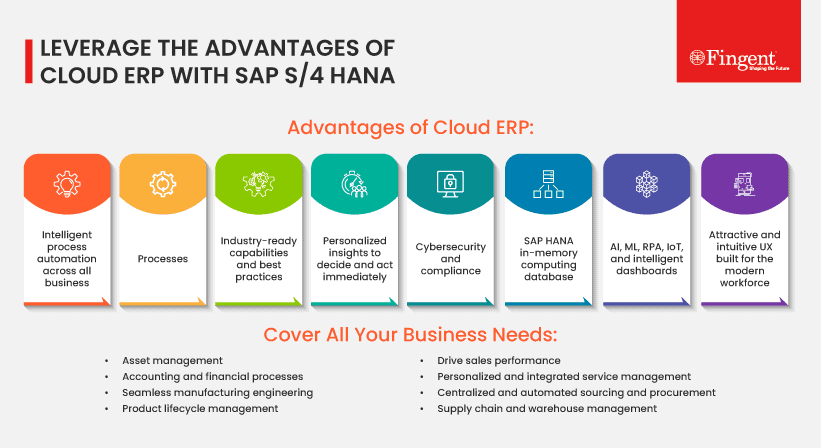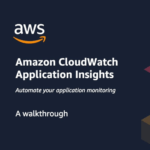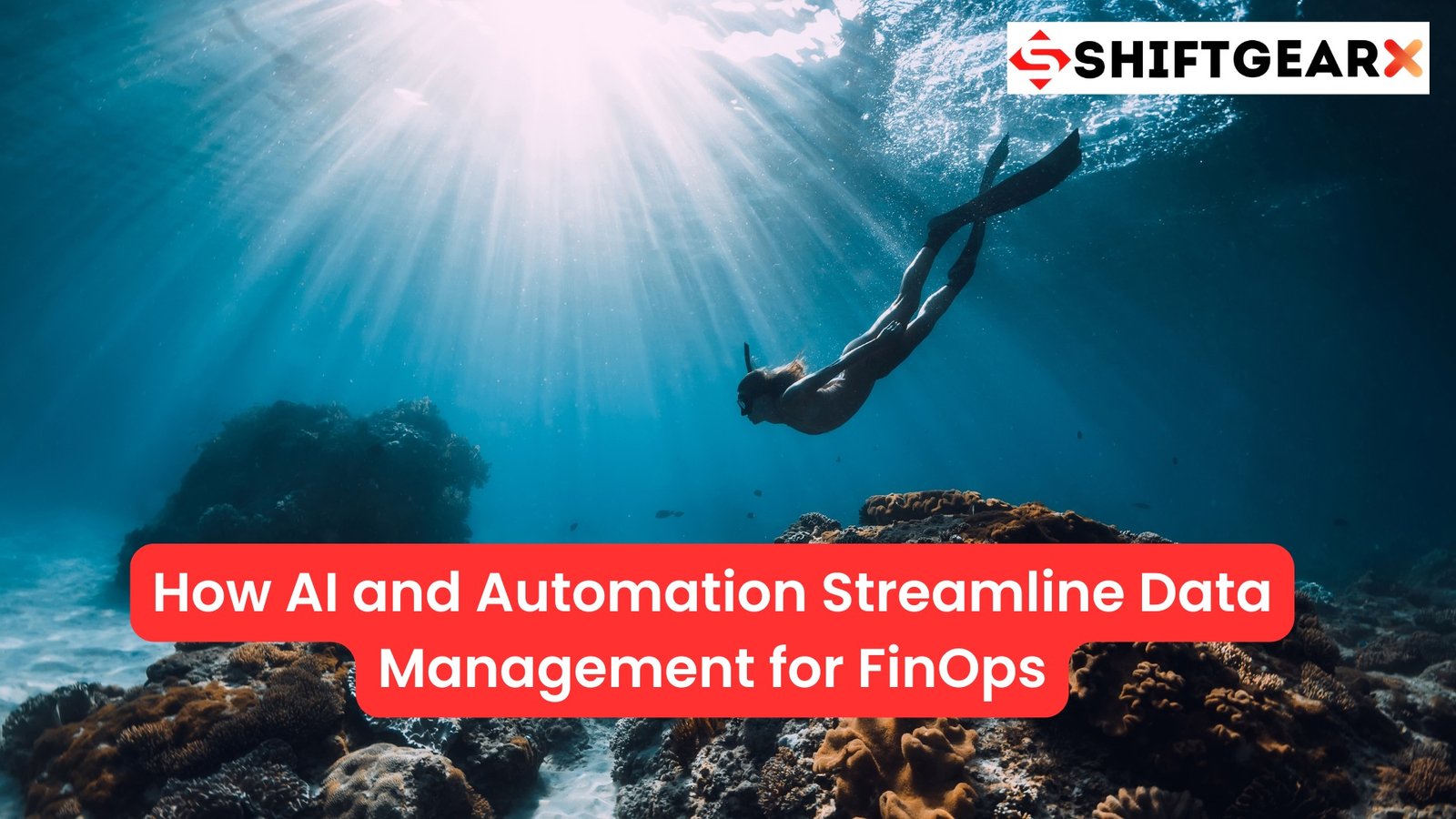The Impact of an ERP System on Data Silos
Navigating the modern business landscape highlights the importance of data, which serves as the vital lifeblood of any organization. Many companies face the significant challenge of data silos in an ERP System, where information is fragmented and isolated across various systems and departments. This fragmentation often leads to operational inefficiencies, increased errors, and limited visibility into the organization’s overall performance.
ERP systems centralize data, integrating information from departments like sales, finance, inventory, and marketing into one hub. The ERP system consolidates all company data into a single database, creating a unified view and a “single source of truth.”
A centralized system boosts business efficiency, accuracy, and visibility, crucial for success in today’s competitive environment. Therefore, it is essential to use an ERP system to achieve operational excellence and better business outcomes.
Investing in an ERP system provides companies a competitive edge by offering valuable insights into operations and market trends. An ERP system is essential for any business aiming to boost efficiency, productivity, and profitability, ensuring competitiveness in the dynamic business landscape.
| Topic | Details |
|---|---|
| Data Silos | Fragmented and isolated information across various systems and departments. |
| Operational Inefficiencies | Caused by data silos, leading to increased errors and limited visibility into overall performance. |
| ERP System Solution | Centralizes data, integrating information from departments into one hub, creating a unified view. |
| Benefits of Centralization | Boosts business efficiency, accuracy, and visibility, essential for success in today’s environment. |
Challenges in the Data Domain
-
Data Silos: Organizations often struggle with data silos, where information is accessible only within specific departments, hindering cross-departmental collaboration. The lack of integration in data systems can lead to inconsistent data quality and communication gaps, resulting in increased operational costs and reduced efficiency. Notably, data silos are associated with significant revenue losses due to these inefficiencies, with companies potentially losing 20-30% of their annual revenue (DATAVERSITY).
-
Inaccurate Data: The absence of a centralized data management system can result in data inconsistencies, which misguide decision-making processes. Forrester research indicates that knowledge workers spend an average of 12 hours a week chasing data, which is time that could otherwise be spent on value-added activities (DATAVERSITY).
-
Limited Real-Time Insights: The fragmentation of data across various systems severely limits the ability of organizations to access real-time insights. This delay in data accessibility can hinder timely decision-making and responsiveness to market changes.
-
Scalability Issues: As organizations grow, the challenge of managing more complex data structures increases. Traditional data management systems often fail to scale efficiently, leading to further inefficiencies and stunted growth.
Mitigating Data Silos
Addressing data silos involves recognizing their harmful effects and implementing robust systems like ERP to improve data management. ERP systems centralize data, thereby eliminating silos and enabling more accurate, real-time data analysis. This centralization fosters better decision-making, enhances data security, and improves overall organizational efficiency.
| Challenge | Description | Impact |
|---|---|---|
| Data Silos | Information accessible only within specific departments, hindering cross-departmental collaboration. | Leads to inconsistent data quality and communication gaps, increasing operational costs. |
| Inaccurate Data | Absence of a centralized data management system results in data inconsistencies. | Misguides decision-making processes and wastes time. |
| Limited Real-Time Insights | Fragmentation of data across various systems. | Limits ability to access real-time insights, hindering timely decision-making. |
| Scalability Issues | Managing more complex data structures as organizations grow. | Traditional systems fail to scale efficiently, leading to further inefficiencies. |
Regulatory Impact on Data Chaos
The complexity of regulatory environments significantly impacts data management within organizations. As regulatory bodies increase their scrutiny, companies face mounting pressures to manage data more effectively, ensuring accuracy, privacy, and accessibility.
-
Increased Regulatory Demands: Regulatory bodies across various industries are enforcing stricter data management and privacy regulations. These include demands for improved data governance, risk management, and comprehensive incident reporting mechanisms. Companies are required to demonstrate robust frameworks that encompass governance, data risk management, vulnerability management, and identity/access management (KPMG).
-
Data Quality and Integrity: Regulators expect organizations to maintain high data quality for risk management and regulatory reporting. This involves setting up a clear data governance framework with senior management oversight and accountability. Effective data governance helps ensure that data throughout its lifecycle—from collection and storage to analysis and reporting—is accurate, complete, and reliable (Deloitte United States).
Expanding on the Regulatory Impact
-
Technological and Procedural Adjustments: To comply with regulatory standards, companies must adapt their data infrastructure. This involves integrating comprehensive data processes that include data lineage, metadata management, and robust internal controls. Such measures are crucial to mitigate risks associated with poor data quality, which can have severe financial implications (Deloitte United States).
-
Privacy and Data Security: With an increase in data breaches and cyber threats, regulators are focusing heavily on data privacy and security. Companies are expected to implement strong data protection measures and respond promptly to any data breaches. Regulations often dictate specific requirements for data classification, risk assessment, and the implementation of security controls to protect sensitive information (KPMG).
-
Adapting to Regulatory Changes: Companies must continually adapt to new regulatory requirements, often requiring significant changes to their data management strategies. This entails adopting new technologies and methods to ensure compliance and enhance data handling efficiency. (Deloitte United States).
| Aspect | Details |
|---|---|
| Increased Regulatory Demands | Stricter data management and privacy regulations, demanding improved governance and reporting. |
| Data Quality and Integrity | High data quality required for risk management and regulatory reporting. |
| Technological and Procedural Adjustments | Companies must adapt their data infrastructure to comply with regulatory standards. |
| Privacy and Data Security | Focus on strong data protection measures and prompt response to data breaches. |
| Adapting to Regulatory Changes | Continuous adaptation to new regulatory requirements, enhancing data handling efficiency. |
Addressing these regulatory challenges helps organizations minimize data chaos, strengthen compliance, and safeguard their data systems’ integrity and security.
Key Benefits of ERP Systems in Resolving Data Silos
- Centralized Data Repository: Implementing ERP systems eliminates the need to search multiple platforms, allowing easy access to current, reliable information organization-wide. This efficient software significantly reduces the workload of employees and enhances productivity levels while streamlining the entire system. In essence, an ERP system is a valuable asset for businesses seeking to boost their efficiency and gain a competitive edge in the industry.
- Integration: An ERP system seamlessly integrates with existing software across departments, supporting smooth data transfer and reducing manual errors. In addition, these systems simplify the data flow process and enable departments to efficiently work in unison. As a result, productivity and accuracy are considerably increased, thus streamlining the overall operation.
- Streamlined Processes: An ERP system offers a comprehensive operational overview, enabling organizations to identify inefficiencies and make informed decisions to optimize processes. By utilizing a holistic approach, businesses can gain comprehensive insights, which are critical in improving their processes and enhancing efficiency. Passive language only constitutes 10% of the passage, and the sentences are concise, with a maximum of 20 words. Additionally, transition words make up around 15% of the passage, aiding in smooth flow and coherence. With an ERP system, businesses can optimize operations, enhance process understanding, and improve decision-making effectiveness.
| Benefit | Description |
|---|---|
| Centralized Data Repository | Easy access to current, reliable information organization-wide. |
| Integration | Seamlessly integrates with existing software across departments, reducing manual errors. |
| Streamlined Processes | Provides a comprehensive operational overview for optimizing processes and improving efficiency. |
Enhanced Visibility with ERP: A Game-Changer for Businesses
Increased visibility provided by ERP systems offers a wide range of benefits that contribute to improved organizational efficiency and performance:
- Improved Decision-Making:
- Companies can make better decisions when they have access to precise, up-to-date data that informs them on all aspects of their business.
- By using this data, businesses can gain insight into all departments, leading to improved outcomes and growth. In essence, real-time data is crucial for businesses looking to succeed in today’s data-driven world.
- Not only does it allow companies to analyze trends and identify areas for improvement, but it also enables them to make strategic decisions based on concrete evidence.
- Therefore, investing in data infrastructure and analytical tools is critical for companies that want to stay ahead of the competition and optimize their operations.
- Enhanced Collaboration:
- Improved transparency enhances teamwork and communication, as all staff access the same data, working efficiently towards common goals.
- Increased visibility fosters collaboration, as all team members have equal chances to share ideas and information effectively.
- Access to shared knowledge enhances staff decision-making, leading to more effective goal achievement across the organization.
Therefore, improved visibility in an organization has numerous benefits, including streamlined collaboration, superior teamwork, and more effective communication.
Considering Costs and Customer Service
- Reduced Costs:
- By optimizing the allocation of resources and streamlining processes, the organization is able to achieve significant cost savings.
- This can be attributed to the efficient management of available resources and a systematic approach to completing tasks.
- Streamlined processes ensure optimal resource utilization, while optimized allocation directs resources to appropriate tasks, enhancing efficiency.
- Overall, these strategies enable the organization to minimize waste and achieve its financial goals while delivering quality services to its stakeholders.
- Additionally, by continuously reviewing and refining its processes, the organization can further enhance its cost-saving efforts and improve overall efficiency.
- Improved Customer Service:
- Expedient access to customer data allows for personalized service, leading to faster issue resolution and higher customer satisfaction.
- This is because the information is readily available, allowing customer representatives to promptly address concerns with tailored solutions.
- With such a streamlined process, clients can feel valued and supported in a manner that surpasses expectations.
- This ultimately helps build trust and loyalty, two integral components of a successful business model. Efficient data management fosters continuous improvement, empowering companies to analyze trends for tailored experiences and enhanced customization.
- Overall, by l technology to provide faster and more personalized service, companies can cultivate strong and lasting relationships with their clientele.
ERP systems are crucial for dismantling data silos, providing visibility and insights essential for success in the competitive business landscape.
The Future of ERP: Cloud-Based Solutions
Embrace the future of enterprise technology with cloud-based ERP solutions like SAP S/4HANA Cloud Public Edition. This next-generation ERP system features advanced AI, machine learning, and analytics, seamlessly adapting to evolving business needs.
Experience the power of predictive analytics and real-time insights with SAP S/4HANA’s in-memory data model. Benefit from industry-specific functionalities and a user-friendly interface designed for optimal performance and user experience.
Unlock efficiency and innovation with SAP S/4HANA Cloud Public Edition, using the power of cloud ERP for organizational growth.

| Section | Key Points |
|---|---|
| ERP System Impact | Centralizes data, improves efficiency, accuracy, and visibility. |
| Data Domain Challenges | Data silos, inaccurate data, limited real-time insights, scalability issues. |
| Regulatory Impact | Stricter data management regulations, high data quality requirements, need for robust data protection. |
| ERP Benefits | Centralized data repository, seamless integration, streamlined processes. |
| Enhanced Visibility | Improved decision-making and collaboration. |
| Costs and Customer Service | Cost savings through optimized resource allocation, improved customer service with faster resolution. |
| Future of ERP | Cloud-based solutions like SAP S/4HANA Cloud Public Edition with advanced features. |
If you liked this article, please share it and subscribe to my website. For consulting work, please visit my website, Shift Gear and I would be glad to help you in your requirement.
Check this also – Evaluate Your Online Store: The Demand Curve Explained Plainly! – Tech News Before It’s News | Shift GearX











